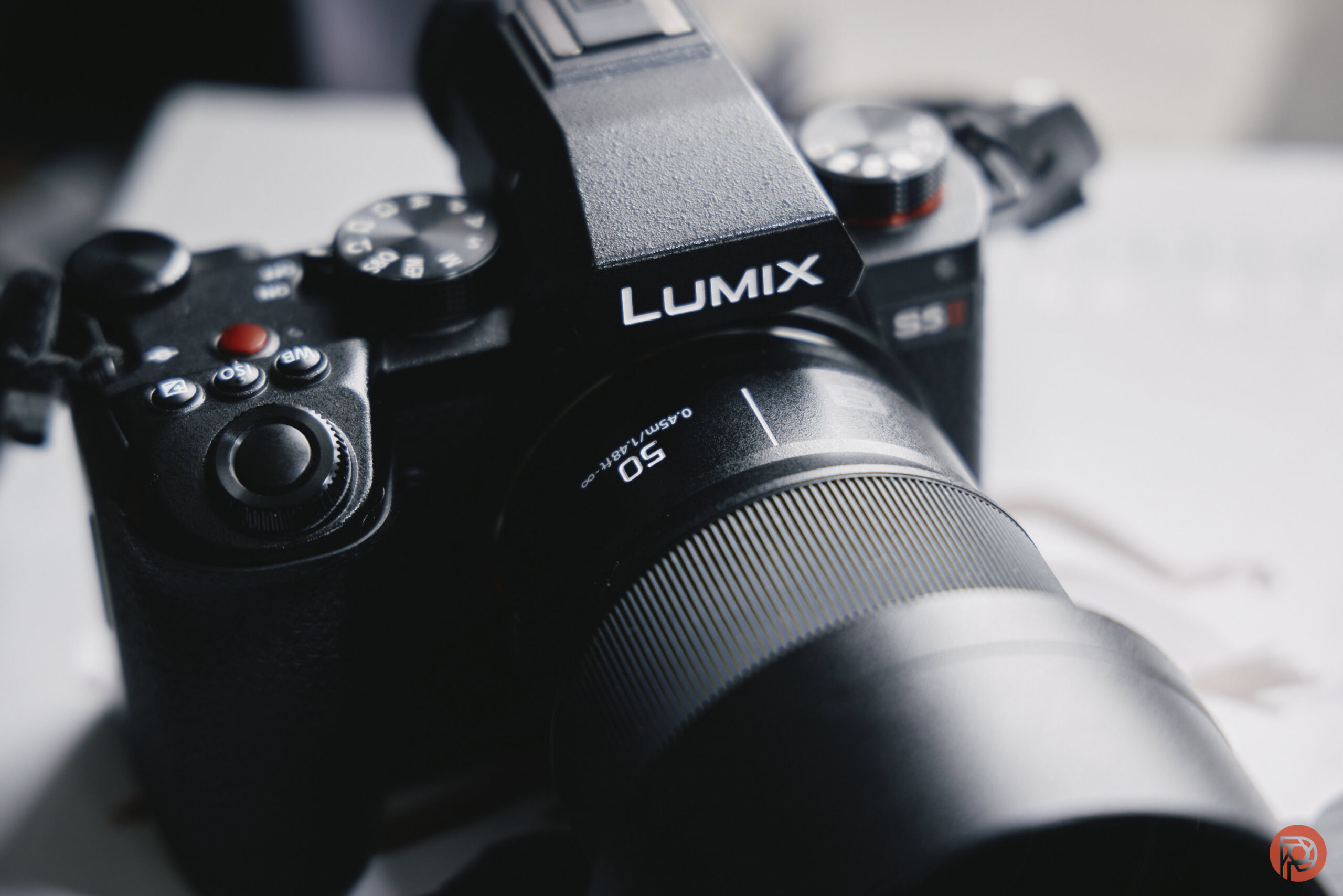Cameras, for years now, have had a special ability to edit the RAW image that you’ve shot in-camera. While the industry still tells you to edit on a computer, you truly don’t always need to. And in the past few years, that’s really become even more true than ever. With the latest LUMIX cameras, that’s even more of a true statement. Combined with a great touchscreen and adaptability that other camera users only ever dream of, you can make an image with your LUMIX camera that lets you totally skip Lightroom in various situations. Let us explain to you why.
This piece is presented in partnership with LUMIX. We’ve independently and ethically reviewed all the products in this post already without sponsorship. And we worked with them to recommend a few key gems to you.
Table of Contents
What Makes LUMIX So Special
The latest LUMIX cameras, such as the LUMIX S5II, LUMIX S5IIX, and the LUMIX G9II all allow you to do something very unique in the camera world. It starts with their feature called Real Time LUT. For photographers to understand this, it’s essentially like loading a preset onto your camera. To delve into a technical just enough detail, LUTs are more about being a preset specifically for the video and movie world. They let your photos look like your favorite Tarantino films, and so much more. Combined with the character that a LUMIX lens can give you, you’ll be really happy.
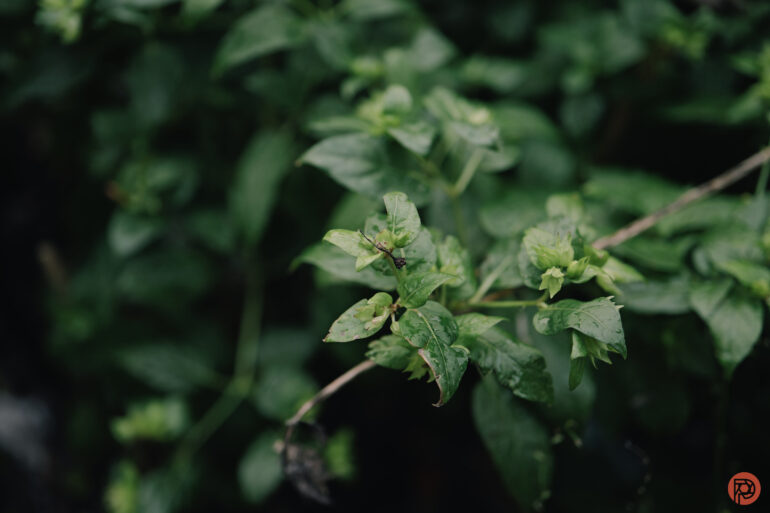
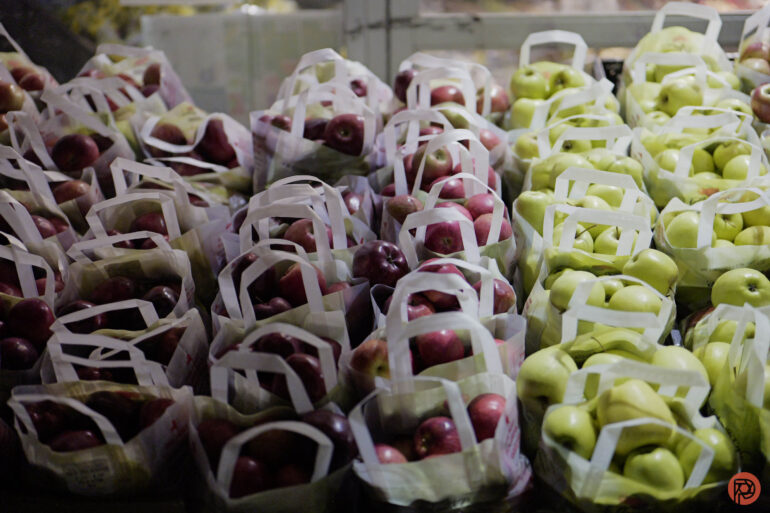

This LUT can be applied to your JPEG easily. But if you shoot in both RAW and JPEG, you’ll see the LUT easily in-camera. That means that your RAW file will also have it applied.
Like presets, you can buy them online. Panasonic’s website also offers a few of them for your own usage. But we ended up checking out various different options online. Ultimately, we ended up buying some on Etsy and supporting a small creator.
That’s where we’re starting from.
How to Do It
First, make sure that you’re shooting with your preferred LUT on your LUMIX camera. For example, if I’m doing portraits, I typically want to shoot with a LUT that I loaded and that looks like my favorite film emulsion. But sometimes, I prefer the look of slide film, so I load that up instead. The results tend to be good, but there are times when I know I would’ve wanted more highlight detail, more shadow detail, or even just a tad more contrast that I couldn’t shoot for at the moment.
We’ve got a whole tutorial on how to use those LUTS right here.
If I wanted to fix that in post-production, I’d be best off applying a preset at times because those presets are designed to work with a piece of software on a computer or a tablet.
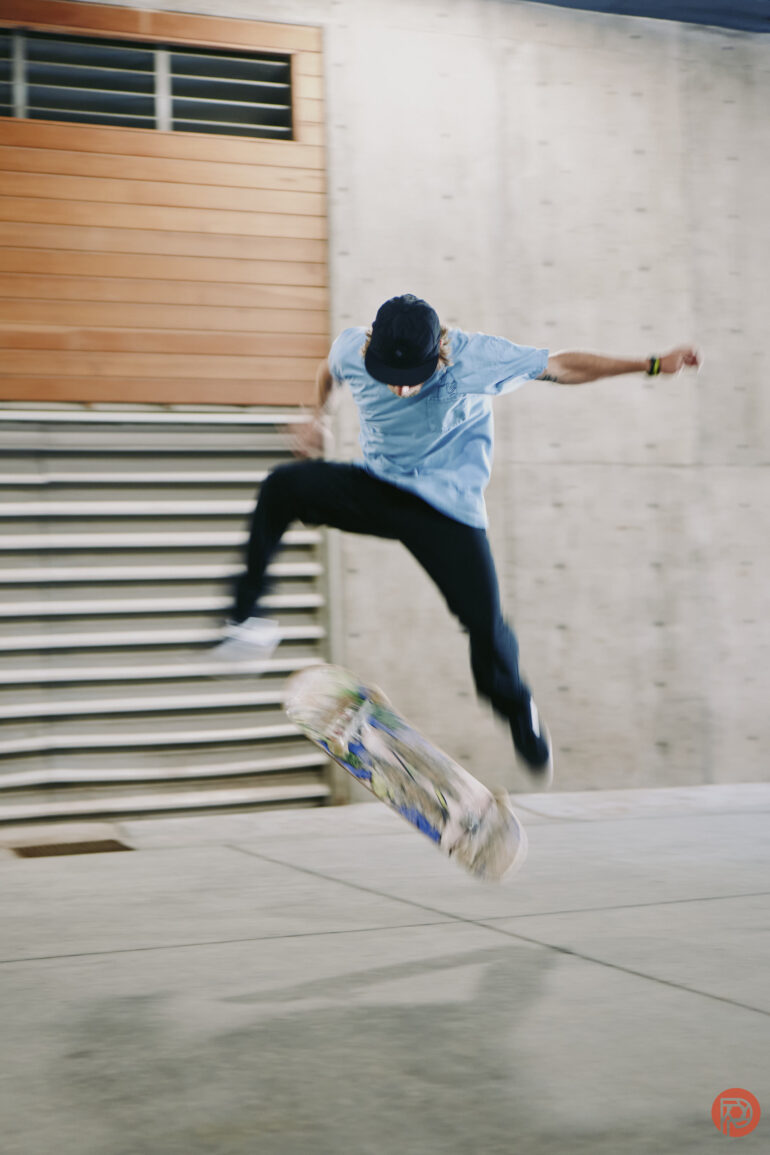
But we don’t need to do that here. With your LUMIX camera, choose the photo you want to mess around with. Then hit the menu button. Scroll down to the playback menu and select the RAW processing option. Navigate to that photo again, then hit set. You can then select the RAW processing option. Here, it will let you do all the basic adjustments that you’d expect from a modern photo editor.
For example, if you’re shooting in auto white balance (which most people do) you can choose to make the image warmer or cooler. If you’re shooting with a LUT that’s supposed to simulate the look of film, I’d probably start with something white balanced to either daylight or tungsten anyway — because that’s how film is white balanced out of the box.
Once you make all the adjustments you want, you can export the image as its own JPEG. This is important, because it keeps the RAW file intact for you to do whatever you want. It also keeps the original JPEG file that you shot previously.
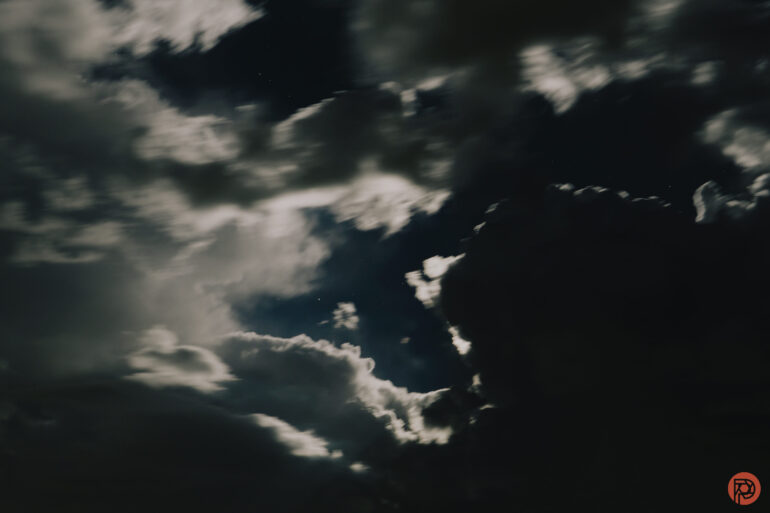



Some tutorials online will tell you about the histogram and all that stuff. But truthfully, those don’t matter as long as you just get the look that you want.
That’s one of the best things about LUMIX cameras — they let you get the look that you want with the least fuss. If you’re like me, you just like beaming the images to your phone and then porting them to social media, or even your website. These days I’m huge into VSCO and Tumblr — so my images might end up there.
If I’m printing my photos, then it’s kind of a different story.
More Shooting, Less Editing
In this way, LUMIX cameras can give you the creative freedom that you yearn for. I mean, haven’t you always wanted the full-frame film look? I surely have — I remember wanting to have a digital option when shooting film at events that would give me a similar look. These LUMIX cameras help you to do it pretty easily.


